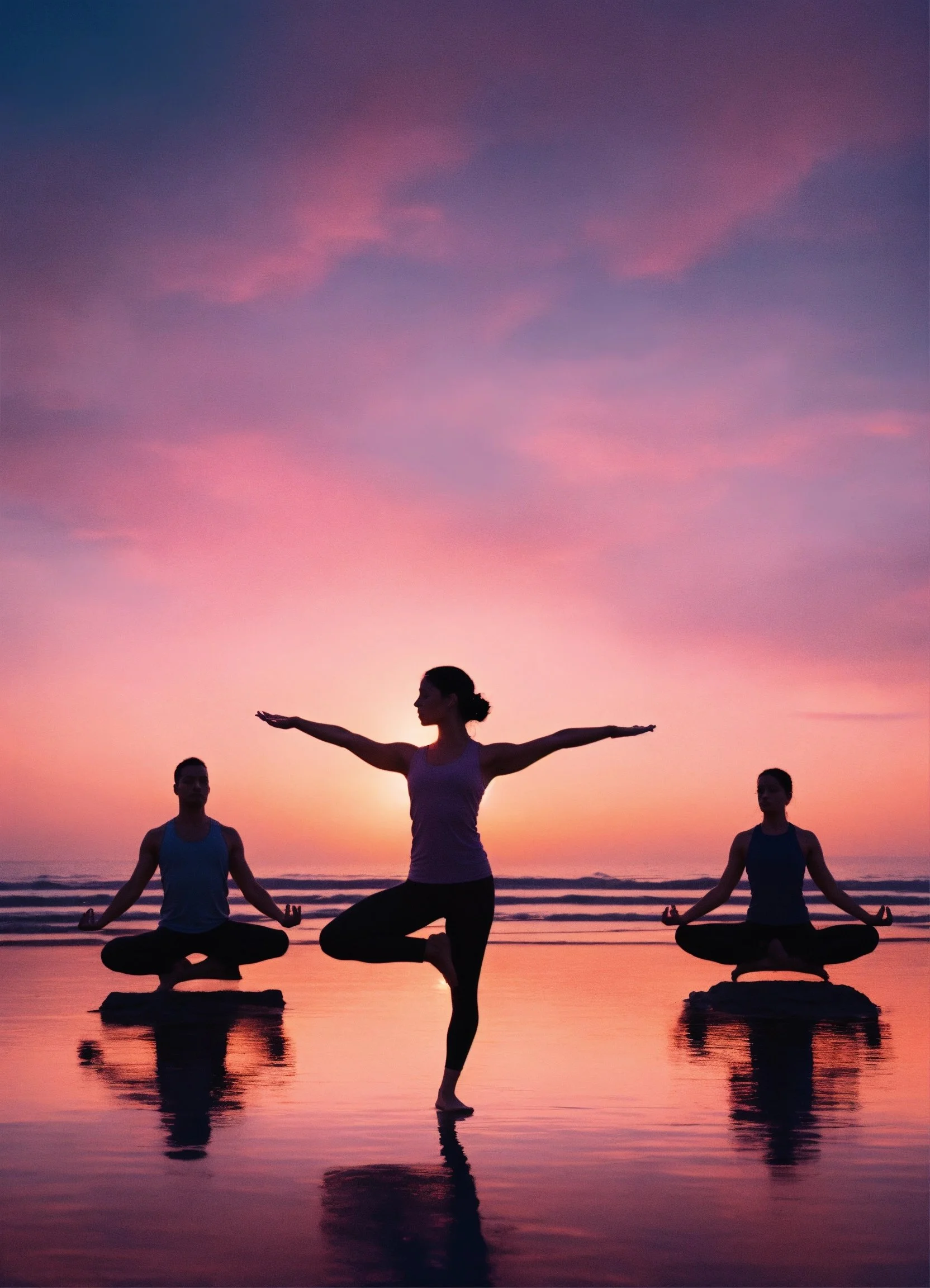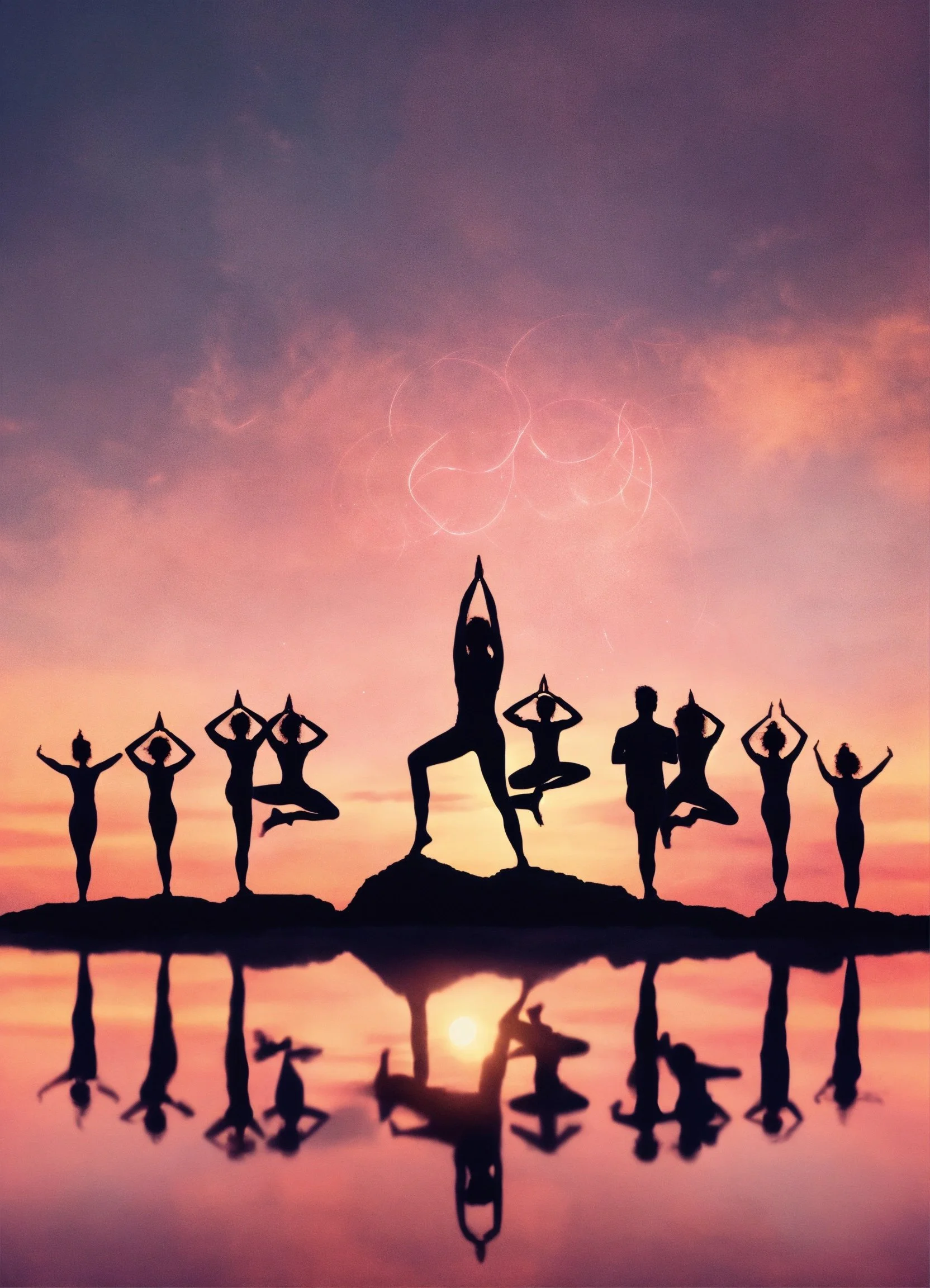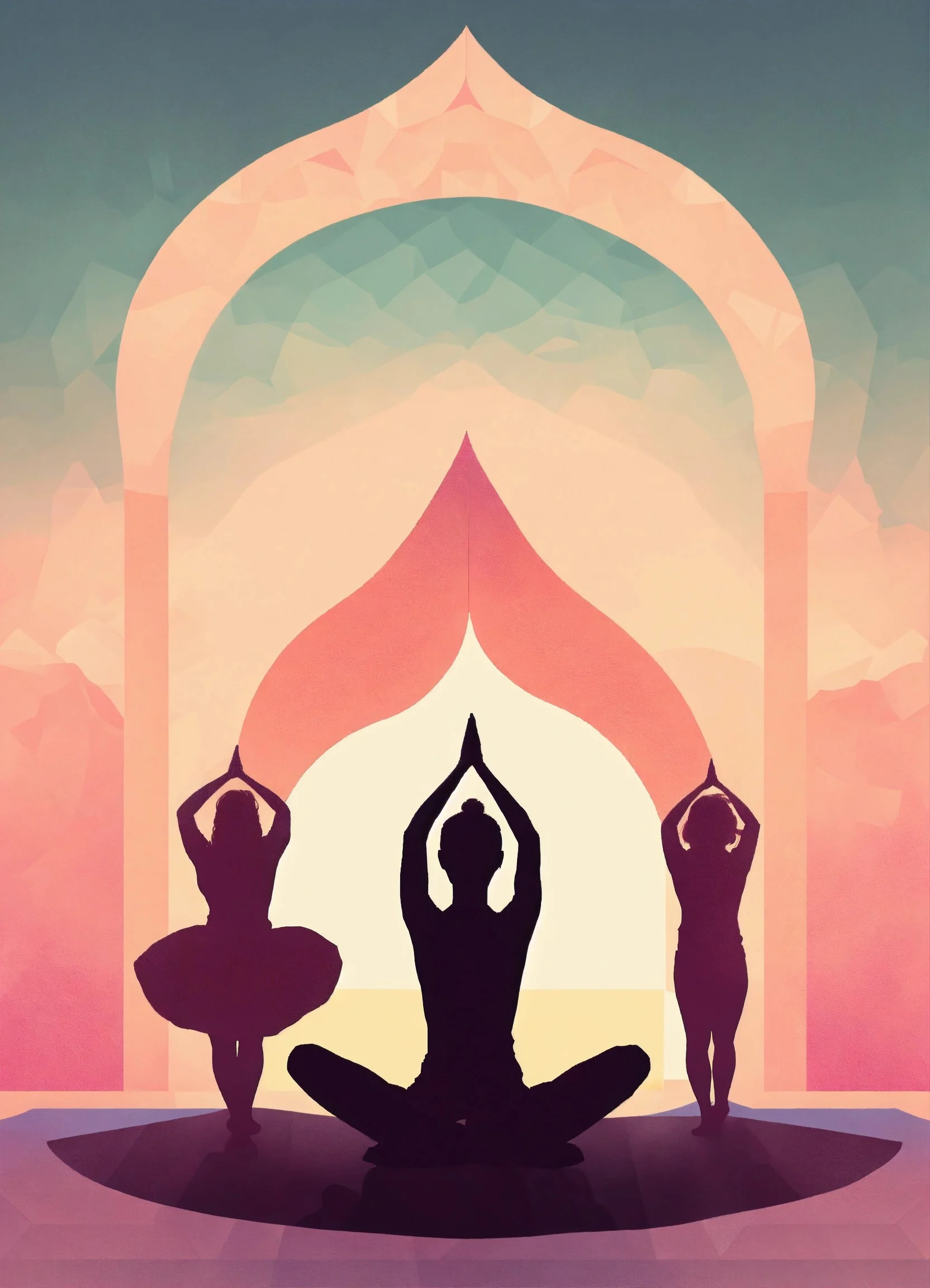Is flexibility a prerequisite for practicing yoga?
Welcome to January! It’s a big month for trying new fitness classes that promise to improve your health. You might have come across the suggestion to give yoga a try and wondered, “I can’t even reach my toes”. I won’t be able to do the poses.” Sound familiar? You’re not alone.
Dispelling the Myth: Flexibility and Yoga
1. Yoga is more than stretching.
It’s reasonable to assume that yoga involves contorting your body into intricate poses. But yoga is a spiritual practice that started in India over 5,000 years ago. In the beginning, it wasn’t about the physical practice at all.
2. Physical Practice (Asana) Beyond Stretching
There are aspects of the physical practice that don’t require flexibility at all. Many poses focus on strengthening muscles, releasing tension, and increasing balance and stability.
3. Breathwork (Pranayama) and meditation (Dhyana)
In a yoga class focused on asana, the teacher will cue you to control your breath, and classes often begin and end with meditation.

The Benefits of Practicing Yoga
4. It is accessible for all levels.
You can practice yoga while sitting in a chair. You can modify poses to accommodate your level of flexibility. Explore a beginner’s class or engage with a concise five-minute YouTube tutorial to kickstart your journey.
5. It increases flexibility and mobility.
Continual yoga practice may increase flexibility over time, making it ideal for those with sedentary lifestyles.
6. It builds strength.
Practicing yoga can strengthen major muscle groups, especially the core, providing a full-body workout.
7. It improves balance.
Certain yoga poses involve standing on one foot, enhancing balance, and preventing falls, which are especially crucial for older adults.
8. It improves posture.
Engaging the core in various poses promotes spinal alignment, reducing back pain caused by prolonged sitting.
9. It offers mental health benefits.
Breathwork and meditation, integral parts of yoga, promote mindfulness, reduce stress, and enhance overall well-being.

Modifying Poses for Limited Flexibility
10. Bend your knees
Bending your knees slightly in poses that stretch your hamstrings ensures a safe stretch without hyperextension.
11. Use yoga blocks.
Yoga blocks help bring the floor closer to you, aiding in poses where your hands or hips need support.
12. Try yoga blankets.
Yoga blankets or any blanket, pillow, or towel can assist in poses where additional support is needed, such as a child’s pose or half-pigeon.
13. Utilize yoga straps.
Yoga straps, a towel, or a belt can enhance stretches where reaching your toes is challenging, providing a better stretch.
14. Ask for help.
Instructors are there to help. Inform them if you’re new and have flexibility concerns; they’ll provide modifications and guidance.
15. Listen to Your Body
Never push too far into a pose. It’s always okay to skip something that doesn’t feel right to you.
Start your yoga journey now.
Wherever you are, stand up. Notice the feeling of your feet on the ground. Take a deep breath in and a deep breath out. Congratulations! You started yoga! Whether you’re flexible or not, yoga can enhance mobility, strength, balance, and posture. Use props and modifications as needed. Engaging in mindfulness aids in lowering stress levels and enhancing mental well-being. Go ahead, take another gentle breath in and exhale slowly for a calming effect. Great work.
Conclusion: Incorporating yoga into your routine is a holistic approach to improving physical and mental well-being, regardless of your current flexibility. Embark on your yoga exploration now to foster a healthier and more harmonious lifestyle.
FAQs:
Q: Can I do yoga if I’m not flexible at all?
A: Absolutely! Yoga is accessible to all levels, and flexibility is not a prerequisite.
Q: What frequency is optimal for experiencing the advantages of yoga practice?
A: Consistency is key. Aim for at least 2-3 sessions per week to experience noticeable improvements.
Q: Are props necessary for yoga practice?
A: While not mandatory, props like blocks and straps can enhance your practice and make certain poses more accessible.
Q: Can yoga help with stress relief?
A: Yes, the combination of breathwork, meditation, and physical practice in yoga contributes to stress reduction.
Q: Is it normal to feel sore after a yoga session?
A: Mild soreness is normal, especially for beginners. It indicates your muscles are adapting and getting stronger.











